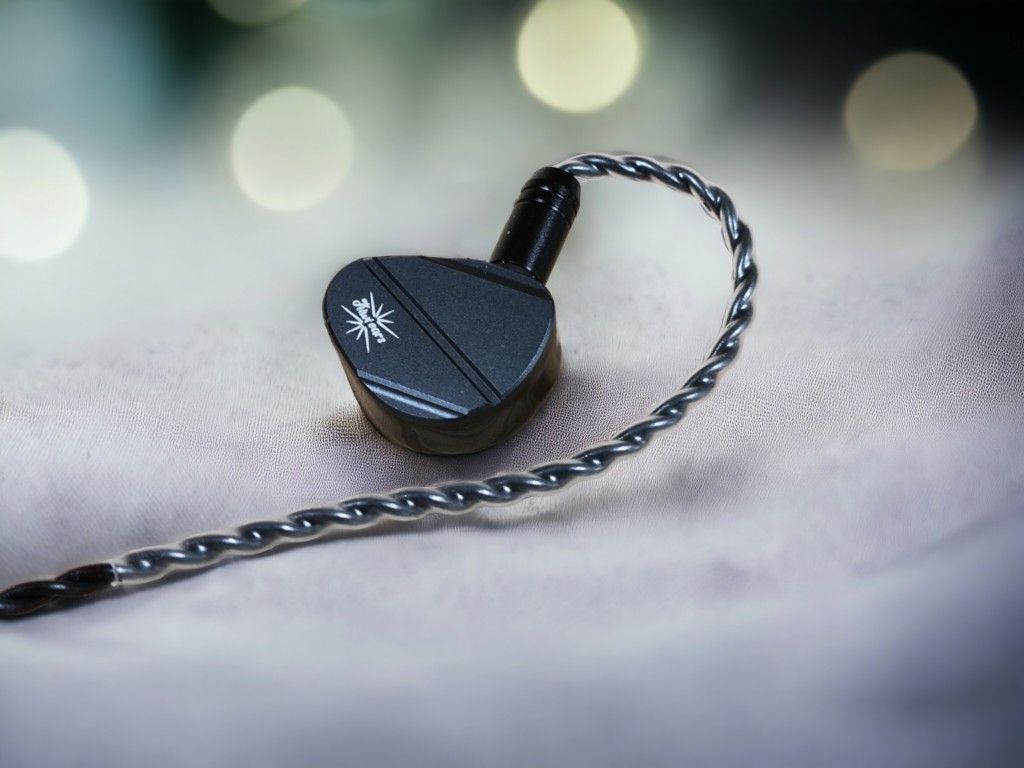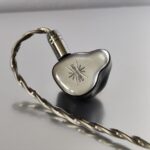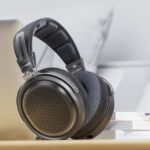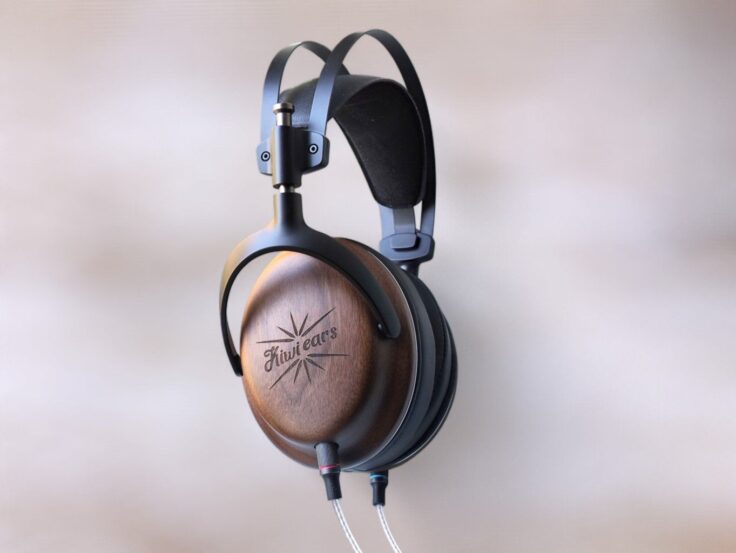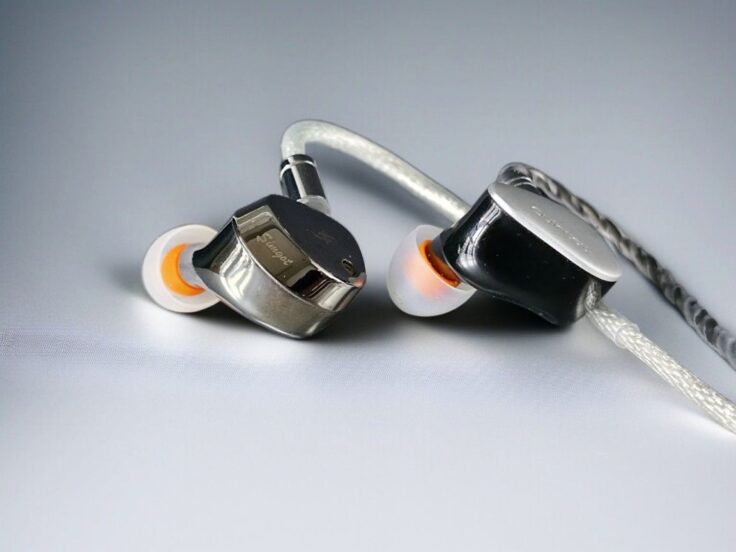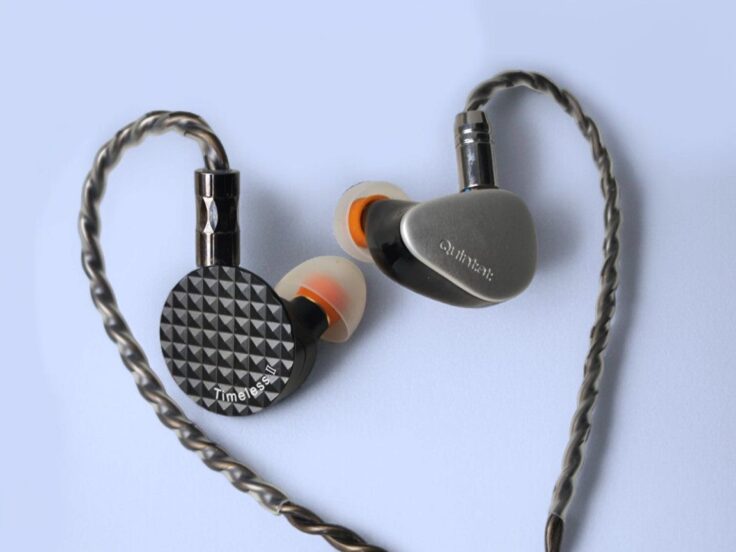The $89 Canta is a new hybrid IEM from Kiwi Ears, combining a dynamic driver with two planar magnetic drivers. It’s designed with a special attention to midrange quality. “Canta” means “singing” in Spanish, and highlights its focus on vocal clarity and performance.
MAIN TAKEAWAY
- Fantastic bass quality
- Clear, neutral midrange
- Clean highs
Exactly how the drivers are configured is a bit of a mystery, but I will assume that the dynamic driver takes care of the bass and the planar magnetic drivers takes care of the mid-range and treble. It’s not necessarily given how they’re set up, though; Kiwi Ears has experimented with a somewhat unusual setup in the new KE4, which uses a dual dynamic driver for the bass, a balanced armature for the midrange as well as the lower treble, and a balanced armature tweeter for the highs. The Canta might use a similar, setup.
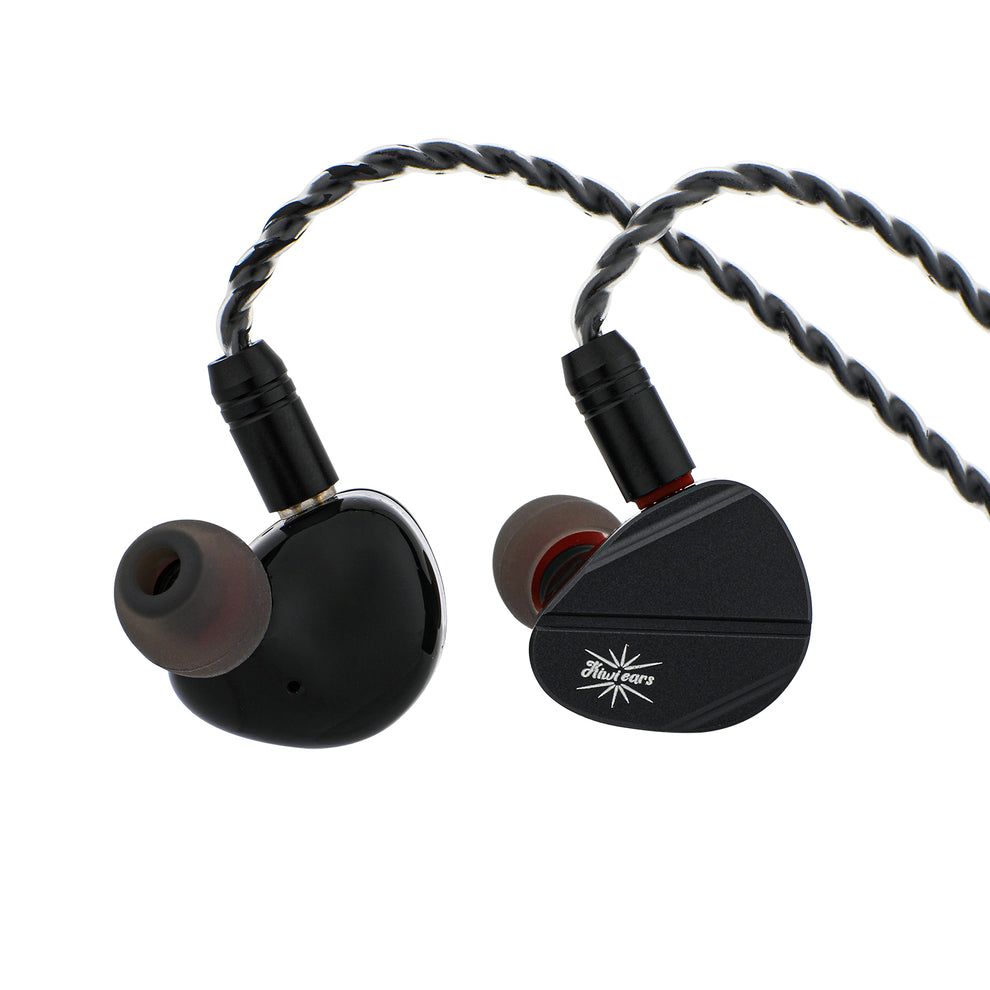
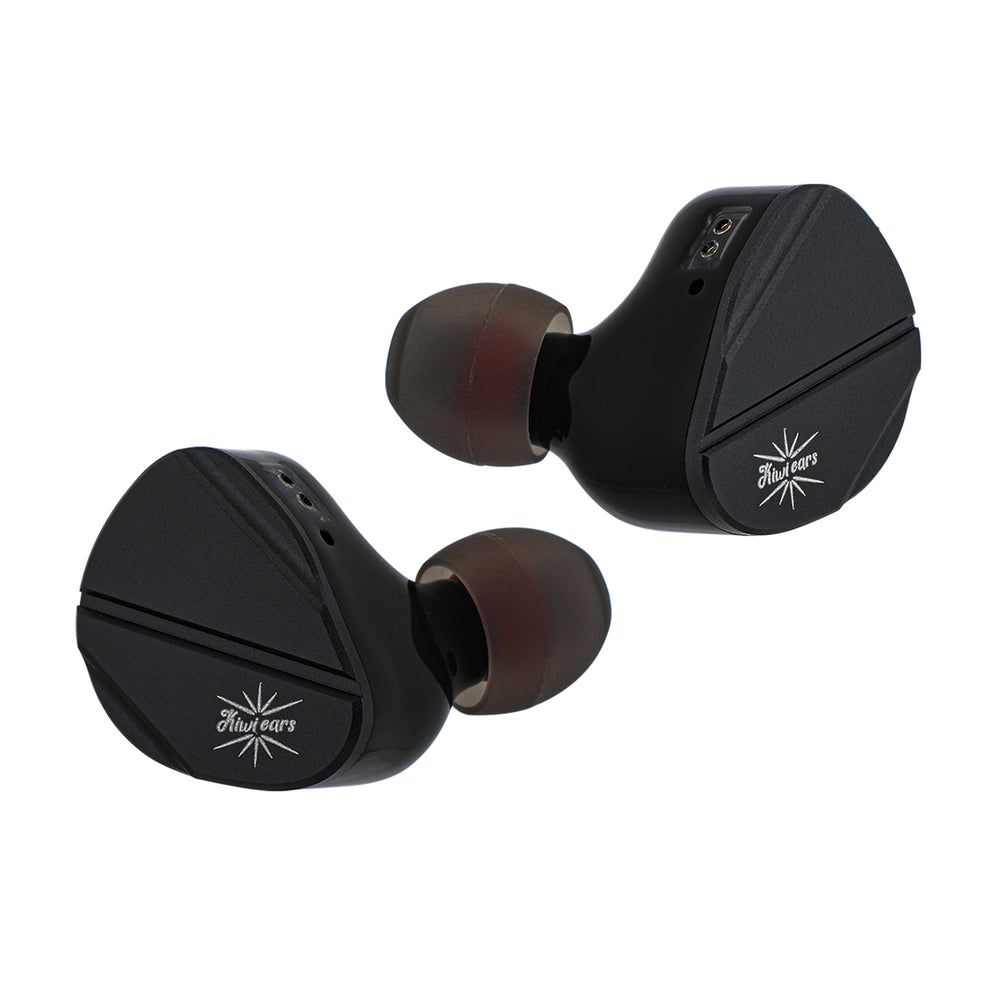
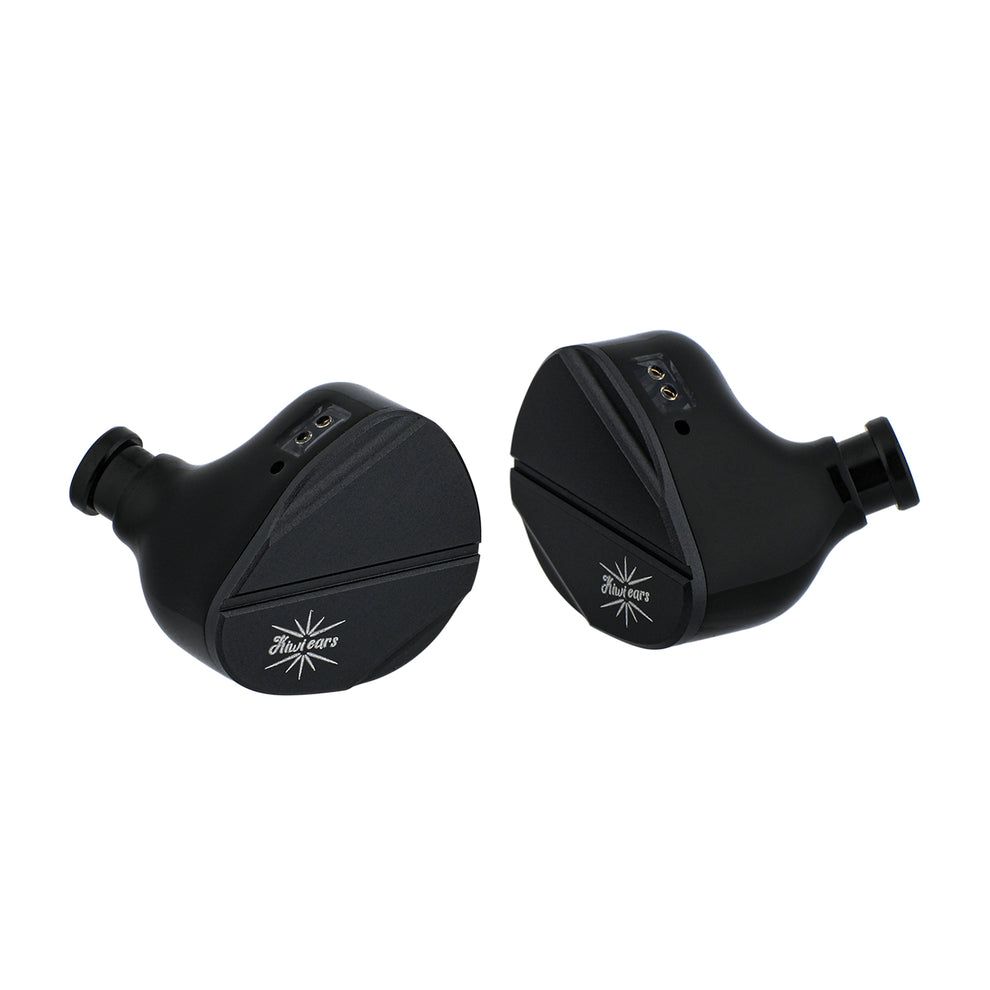
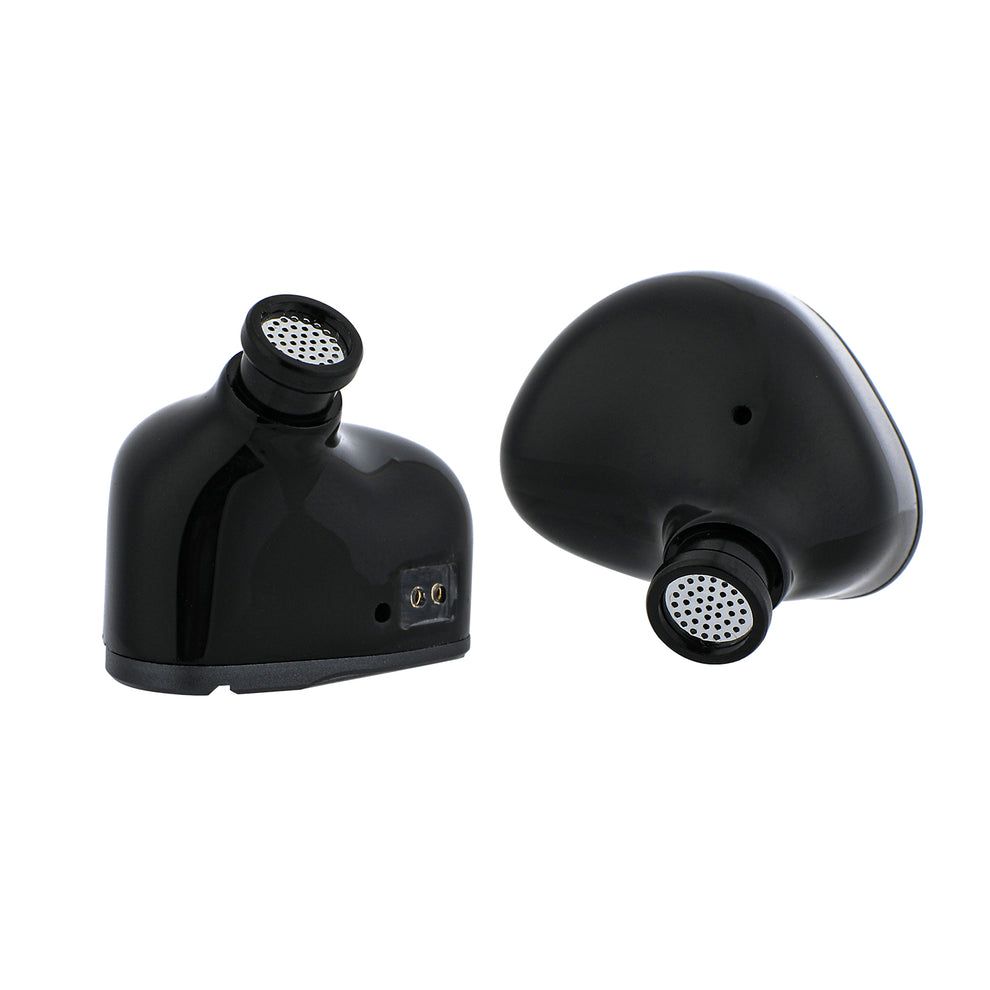
KIWI EARS CANTA SPECIFICATIONS
- Driver Configuration: 1 dynamic driver + 2 planar drivers
- Sensitivity: 104 dB SPL/mW (1KHz)
- Frequency Range: 20Hz-20KHz
- Impedance: 14Ω (1KHz)
- Cable length: 1.25M
- Earphone cable connection: 0.78mm 2-pin
- Cable termination: 3.5 mm TRS jack
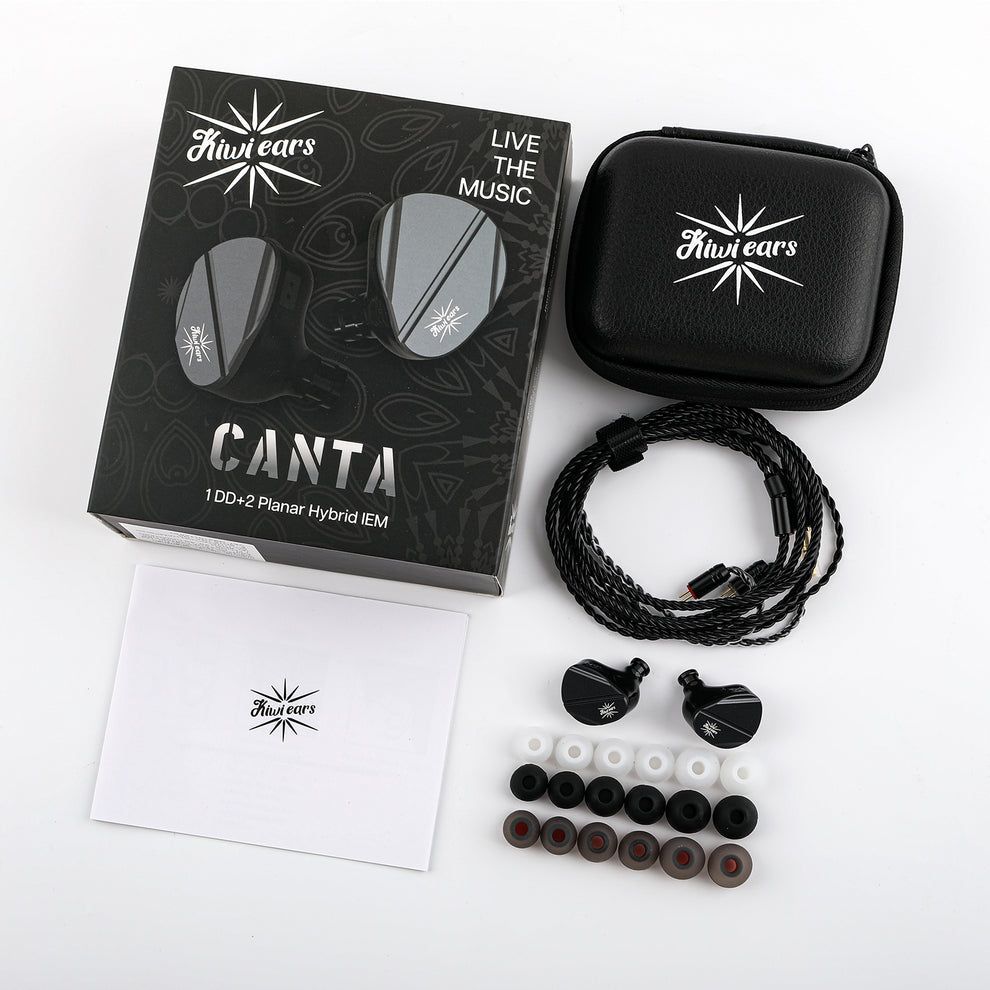
Disclaimer: Linsoul provided me with the Canta for review purposes with no strings attached. This review reflects my honest opinion. Affiliate links are used to help support our work, but commissions are earned regardless of which product is purchased through those links.
Check the current price here:
- Amazon: Kiwi Ears Canta
- Linsoul: Kiwi Ears Canta
BUILD AND COMFORT
The Canta is made of 3D printed resin in a semi-custom housing with a flat decorative faceplate. The earphones are light and sits comfortably in the ear. The supplied cable is very thin and certainly doesn’t feel very exclusive. There are a selection of silicone tips as well as a black zipper-equipped carrying case included.
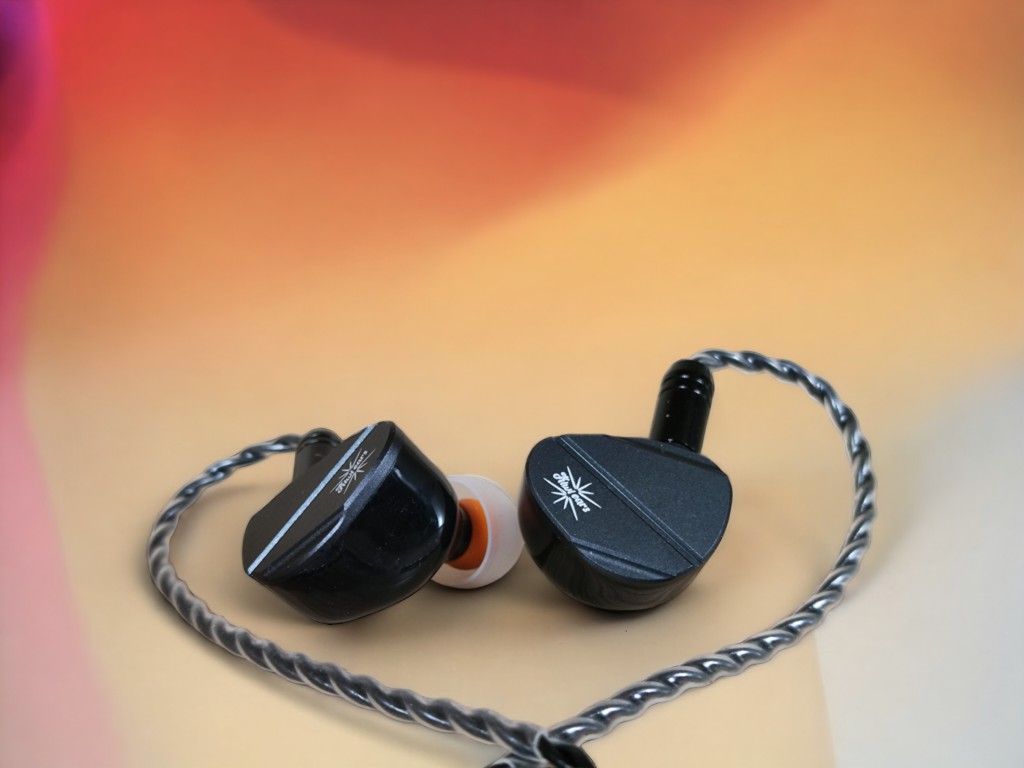
LISTENING IMPRESSIONS
Associated equipment: I used the Topping A90 as an amplifier and the RME ADI-2 DAC FS as a source.
I used my preferred Spinfit CP145 tips with the Canta.
Here are my track-by-track impressions:
Aquela Muhler by Vinicius Cantuaria
Starting out with this nice guitar and vocals oriented track, the bass is powerful, and the vocals are clear and textured. There’s a good sense of space and separation.
The Dark Inside of Cabbage by Fire!
This slow jazz improv has a powerful bass, and it sounds absolutely delicious on the Canta. The saxophone is presented with nice warmth and texture; the soundstage is quite open, and there are lots of details.
Fading Sorrow by Marcin Wasilewski Trio
Here, the saxophone is more gentle sounding. The Canta handles the nuances nicely. The bass drum has a very tactile feeling to it.
Tide of Trepidation by EST
Another jazz trio. The bass is powerful, textured, and tactile. The piano is clear and relatively crisp. The percussion is snappy with a slightly dry timbre.
Like Suicide by Soundgarden
The bass and drums have weight and authority. The vocals are clear, the guitar is textured.
Never Enough by Loren Allred
I like the song, but I hate this production. However, it is a nice track to use as a test to see how revealing an earphone is. The Canta doesn’t camouflage the bad production; it sounds dry and too crisp to be enjoyable.
Georgia Lee by Tom Waits
This sounds very spacious and detailed, and there is lots of texture in the vocals. They are, however, not overly warm sounding. The bass, however, is not lacking in quantity.
Merciful by Molvær & Endresen
The female vocals are rendered with lots of texture and nuance. They’re slightly dry sounding rather than liquid and lush, but in a nice way.
Midnight City by M83
This complex, quite busy indie-electro-pop track sounds great with the Canta. The bass is powerful and sets a great foundation for the track. The vocals are well separated; there is lots of detail, nice instrument separation, snappy percussion, and a quite open soundstage.
Sit Down. Stand Up by Radiohead
There’s nice layering, lots of details, and good separation. Vocals are clear and textured rather than warm and lush. Not overly upfront, but nicely balanced. The bass is very present, in a nice way.
Walk It Back by The National
Nice vocals with texture, nuance, and presence. The bass is terrific. There’s nice layering.
Sunrise by Norah Jones
Powerful bass, delicate, textured, and present vocals with a slight raspiness. The guitar blends in nicely, not overly crisp.
Summer 3 Vivaldi Recomposed by Max Richter
The strings are textured and slightly dry sounding. Nice layering. The tonality is neither too bright nor too dark.
Mahler’s Symphony No. 2 III by Paavo Järvi
I find the Canta to sound great, with nice separation, rich textures, and a full and punchy low end, making the kettledrums really powerful. Nice layering.
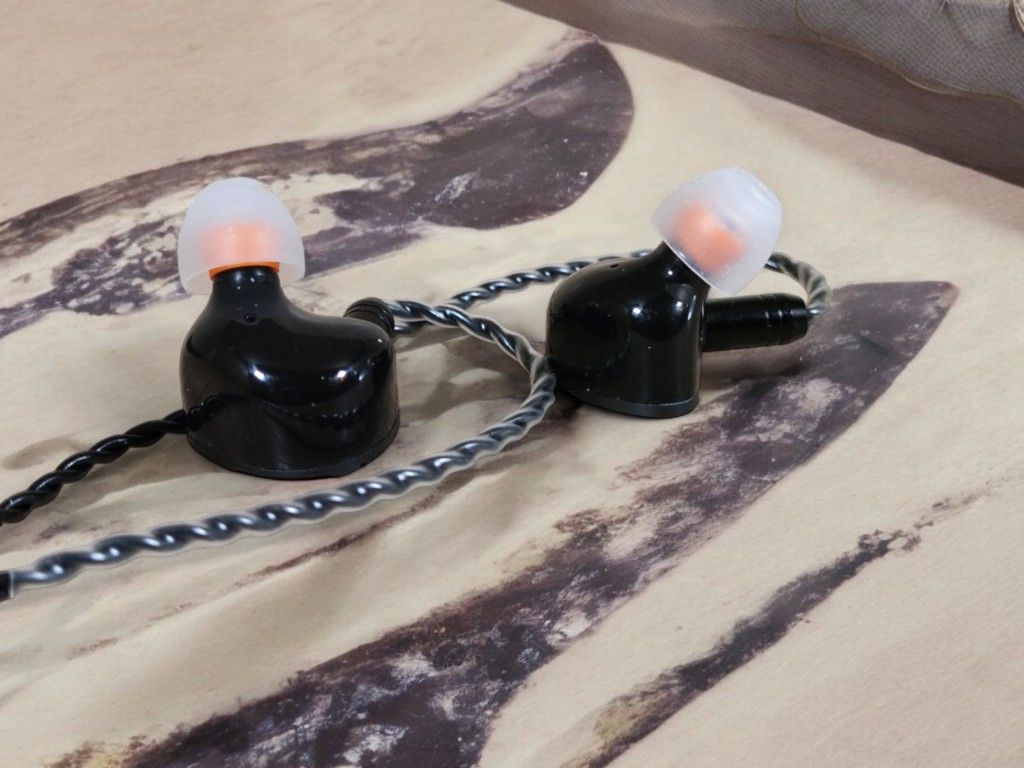
WRAPPING IT UP
Sound Signature
The Canta has a neutral midrange, present but not overly bright highs, and a plentiful but not overly done low end. I was a bit surprised that it was not more mid-centric than it is, but still it renders vocals in a very nice way.
Treble
The treble is nice and clear, crisp but not too bright. Some might find it slightly dark, but I find it very well balanced. It’s nicely articulated and dynamic.
Midrange
Despite the name (Canta is “singing” in Spanish) the midrange is not warm and lush, but very neutral. It’s very detailed, with a high focus on texture.
Bass
Surprisingly, the bass might be my favorite part of the Canta. It’s rich, tactile and very well defined, always giving the music a solid foundation. At the same time it’s almost never overdone, at least with my playlist. It’s very well controlled and doesn’t bleed into the mids, and it’s very dynamic.
Soundstage and Imaging
The soundstage is quite open and airy, but nothing extraordinary. Imaging is quite okay; layering might be the strongest point.
Detail, Dynamics, and Timbre
I find the detail level to be quite high. The treble has nice articulation, the midrange brings out lots of texture, and the bass is detailed, tight and full.
The Canta is generally quite dynamic, but the remarkably good bass stands out.
When it comes to timbre, the mids and highs are slightly dry, while the bass is slightly warm. However, they blend together in a coherent-feeling way.
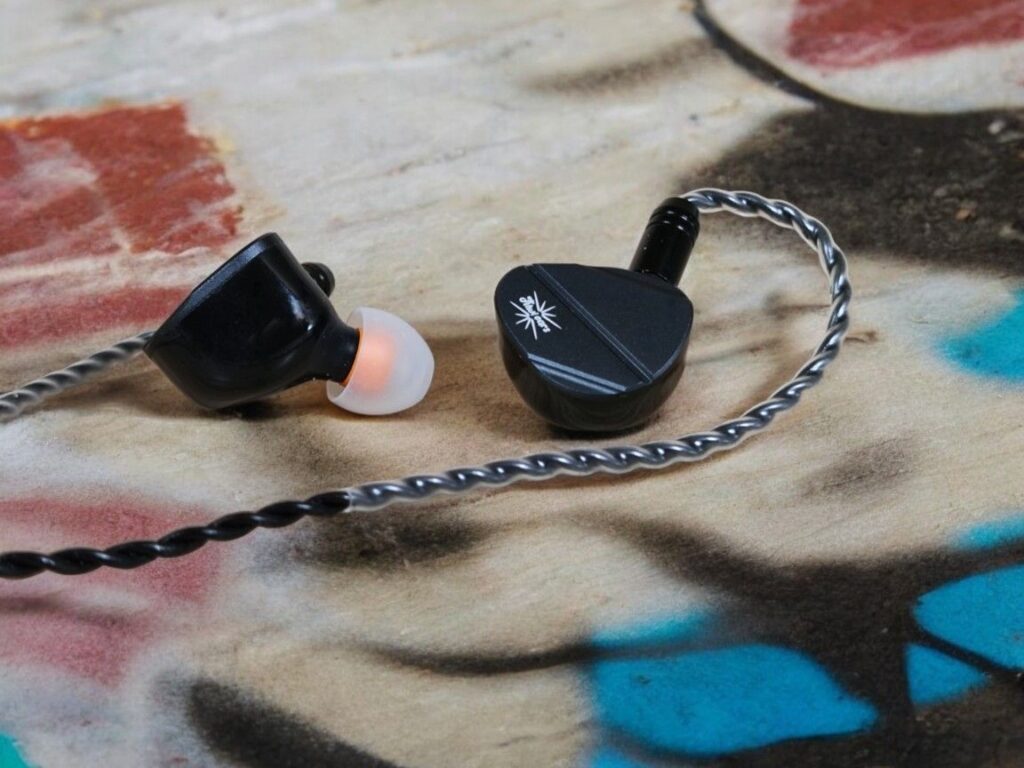
COMPARISONS
All comparisons were conducted using my desktop setup with the Topping A90 amplifier and the RME ADI-2 DAC FS.
SIVGA QUE vs. KIWI EARS CANTA
The $69 Que is a new dynamic single-driver IEM from Sivga, best known for its wooden headphones.
While the Que and the Canta have much in common, the Que is leaning more to the thicker and warmer sound than the Canta. The Que delivers a smooth, rounded presentation while still maintaining good detail and dynamics. The Canta provides greater clarity the frequency spectrum, along with a wider soundstage and improved imaging.
While the Canta is the more versatile option overall, the Que certainly has its appeal, with a tonality that sets it apart from most IEMs, the Canta included. The build quality of the Que is impressive at the price.
KIWI EARS KE4 vs. CANTA
The $199 KE4 is a newly released hybrid driver IEM from Kiwi Ears. It features dual 10 mm dynamic drivers for bass, a balanced armature driver to handle the mids and lower highs, and a dedicated balanced armature tweeter for the highest frequencies.
The KE4’s driver setup is somewhat similar to the Canta’s, but it uses balanced armatures instead of planar drivers. In terms of sound, the KE4 and Canta to some extent share a similar profile, both offering a darker tone with more emphasis on the bass than on the treble. However, the mids are more upfront with the KE4.
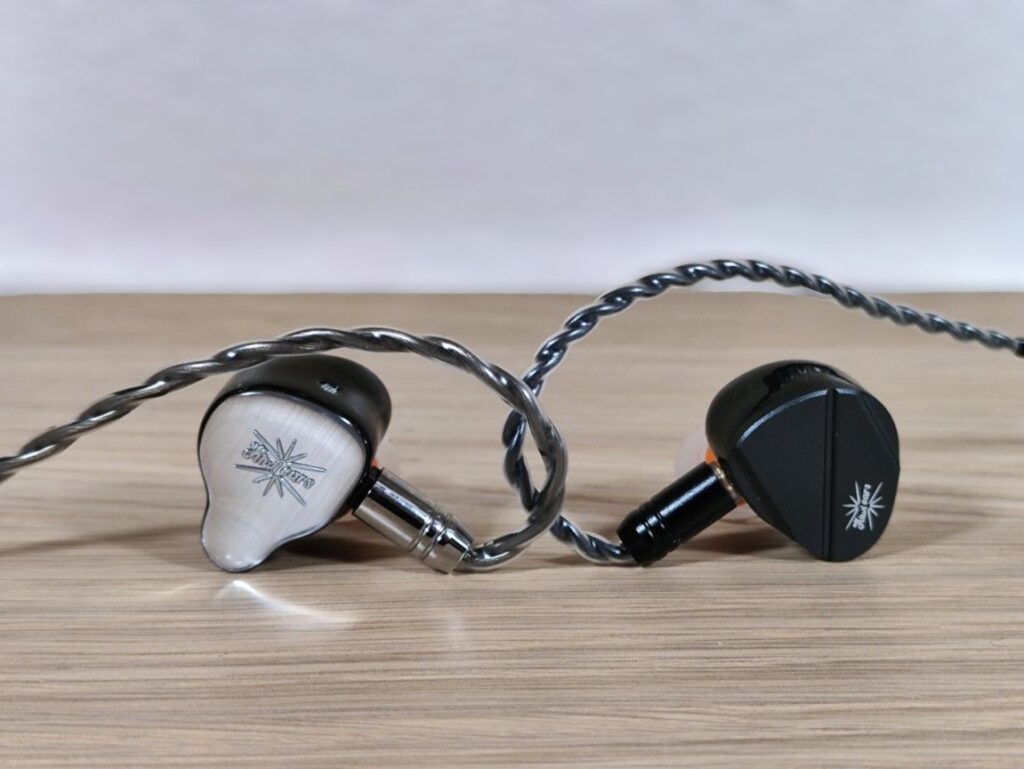
The treble is well-controlled on both earphones, with the Canta offering a slightly crisper high end, while the KE4 delivers a smoother, more liquid treble response. Both IEMs excel in midrange quality. The KE4 provides a thicker, fuller sound, while the Canta presents a more crisper, less meaty midrange with a drier tonality.
They both offer strong bass presence with excellent quality. Despite the prominent bass, it doesn’t overwhelm the mids or highs, remaining well-controlled and extending deep. The KE4 has a thicker, richer tonality while still maintaining clear definition.
The KE4 has an intimate soundstage with solid imaging and depth but lacks width and height. In contrast, the Canta provides a more open, spacious presentation, though with less depth. Both deliver good detail, with the Canta offering a crisper, sharper sound, while the KE4 is smoother and more refined. Both IEMs deliver strong macro- and microdynamics.
In conclusion, the KE4 offers a thicker, lusher sound with smoother detail compared to the Canta’s crisper yet still relatively lush presentation.
My full comparison can be found here.
- Linsoul: Kiwi Ears KE4
- Amazon: Kiwi Ears KE4
SENNHEISER IE200 vs. CANTA
The Sennheiser IE200 is a compact IEM featuring a single 7 mm dynamic driver. It should be well-known, as it has earned a solid reputation since being launched in the beginning of 2023 as a budget-friendly alternative to the IE600 and IE900.
However, when compared directly with the Canta, the IE200 falls short in several areas. While both share a similar sound signature, the IE200 leans toward a slightly warmer tonality with a fuller, more lush midrange, which can be appealing. Nevertheless, I find the Canta superior in most aspects. It delivers a more powerful and well-defined bass, a more detailed midrange, and possibly clearer highs. Additionally, the Canta offers a larger soundstage with better imaging.
- Amazon: Sennheiser IE200
AMPLIFICATION
All listening tests so far have been conducted using my desktop setup. However, most users will likely pair the Kiwi Ears Canta with portable amps and sources.
With Qobuz on my POCO F5 phone’s headphone output, it sounds very good, typically staying in the +/-50% volume range. This could easily be a good travel setup.
The tiny and cheap FiiO JA11 sounds a bit more detailed but slightly colder; the FiiO KA3 sounds quite similar. The $89 Letshuoer DT03 sounds warmer, the xDuoo Link2 Bal performs very similarly. The THX Onyx is very good, and the Dragonfly Cobalt too.
Concluding, the Kiwi Ears Canta isn’t demanding when it comes to amplifier choice and performs well with all sources tested.
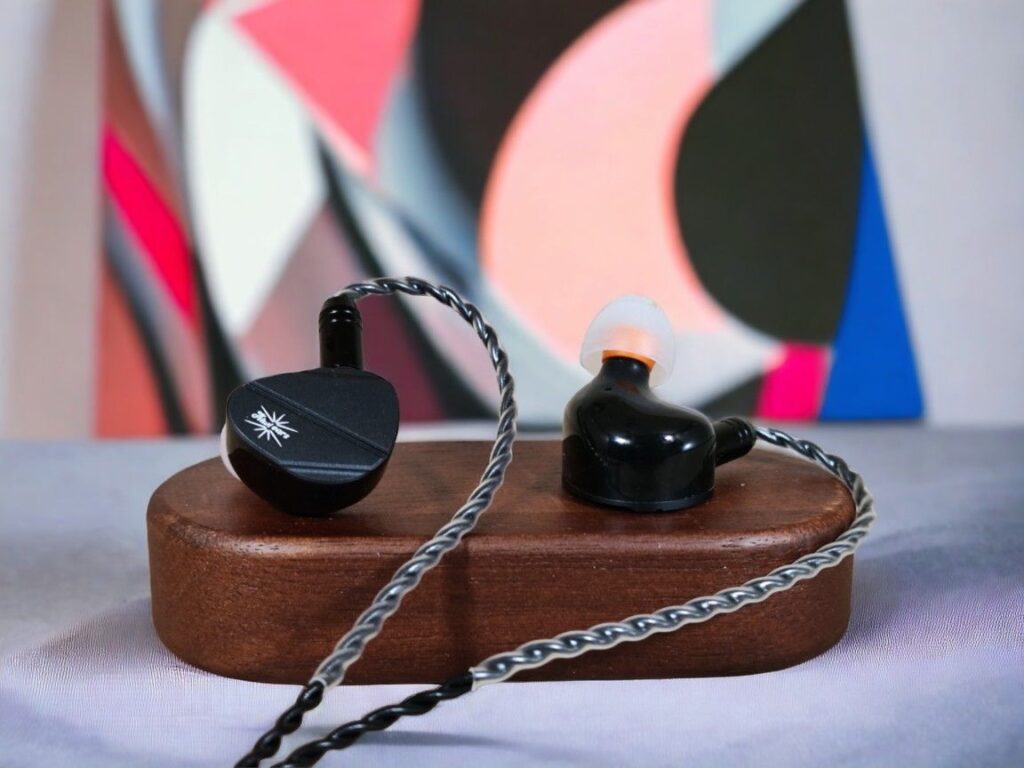
CONCLUSION
The Kiwi Ears Canta offers a well-balanced sound signature, with impressive bass, a clear midrange, and detailed treble. It avoids excessive warmth, delivering a revealing midrange with rich texture and nuance in both vocals and instruments.
Even though the Canta delivers on its promise of a high quality midrange, what truly stood out to me was the bass performance. It exceeded my expectations and proved to be the most impressive aspect of the Canta’s sound profile.
.
Thanks for reading. You can support this by purchasing anything using any of our affiliate links:
- Amazon: Kiwi Ears Canta
- Linsoul: Kiwi Ears Canta
Any purchase you make on Amazon or Linsoul with any of our affiliate links will give us a small provision at no cost to you.
We only get a provision for items that are not returned, so there’s no incentive for us to recommend something that’s not good.
Linsoul : Headphones, Earbuds, Wireless Earbuds, Desktop DAC/AMP, Portable DAC/AMP, Digital Audio Players,
Amazon: Headphones, IEMs, Headphone Amplifiers, Home Audio or Anything else.
.
If you enjoyed this article or other content on The Headphoneer, you might consider leaving a small donation to keep this website up and running. No donation is too small. Thanks for supporting us!
If you like our work please follow us on Instagram, Facebook and Twitter , it will help us grow. Sharing is caring 🙂


